NEW YORK—Get ready Brooklyn. If Elan Padeh has his way you might have a museum for outer space.
“I want to introduce things for kids where they can be awed and inspired,” Padeh says. “It’s not just about watching T.V.”
Padeh heads The Developers Group, a young company that holds the hand of developers throughout the whole process—from site selection to designing, building, and finding buyers.
“The imagination has the ability to inspire,” Padeh says, as he reels off a wish list of projects he would like to be part of in Brooklyn … “housing, parks, entertainment venues, hotels, cultural aspects...” Oh, and put some high-end shops under the Brooklyn Bridge, he suggests.
The Developers Group is 50-strong and has been involved in 70-100 projects from ground up since 2003. The business is about 15 percent rentals and 85 percent new sales and re-sales.
“We’ve done a lot in Brooklyn to develop it to where it is today,” Padeh said. One of the latest projects is The Edge, a huge condo on the waterfront at Williamsburg. The building is green, meaning residents can take pleasure in knowing 70 percent of their energy is coming from renewable sources—one part of the equation that gives the building a LEED stamp of approval from the U.S. Green Building Council.
The building is two-thirds complete and Padeh’s company hope to be filling it with tenants at the end of the year.
“We have a lot of people interested in the retail side,” he said, an encouraging sign in a bottom market. But with 1,000 residential units full of consumers, the ability to service a small city should be appealing.
“The biggest issue right now is placating the banks,” he said.
Padeh has been in real estate all his life, as a residential and commercial owner, and a landlord and property manager. Apart from a short foray down in Florida in 1994 when his uncle owned a lot of real estate, he has been ensconced in the New York market. Or more specifically, the Brooklyn market.
“We are so ingrained in Brooklyn. We understand the development process. We know about the neighborhoods and what the buyers are looking for.”
He sees Brooklyn as a community, people saying hello to each other, and knowing your neighbors. There are parallels with the Manhattan of days gone by, he said. Williamsburg is now what East Village and Tribeca used to be. Park Slope is the new Upper West Side, while Brooklyn Heights is the new Upper East Side, he said. He likens Fort Greene to the West Village. Now the communities tend to be based on age rather than religion or culture, he added.
The Developers Group is currently working on about 45 properties and selling 20 buildings.
In line with their environmentally-sensitive goals, Padeh says the group hopes to use more recycled materials in their new developments. “The U.S.A. is a land of huge excess and huge waste—you gotta look at what’s around,” he said.
He is hoping to use old shipping containers in a new project and said he is always on the lookout for reusable materials. “We’re throwing away things we could reuse,” he said about the real estate industry.
Padeh estimates that it costs an extra 7 to 10 percent to build green. “I think the government should offer more incentives and subsidies. If there were enough tax incentives to build green, every developer in Manhattan would build green. The best way to be green is to be green when you are starting from nothing.”
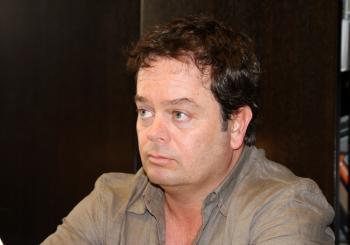

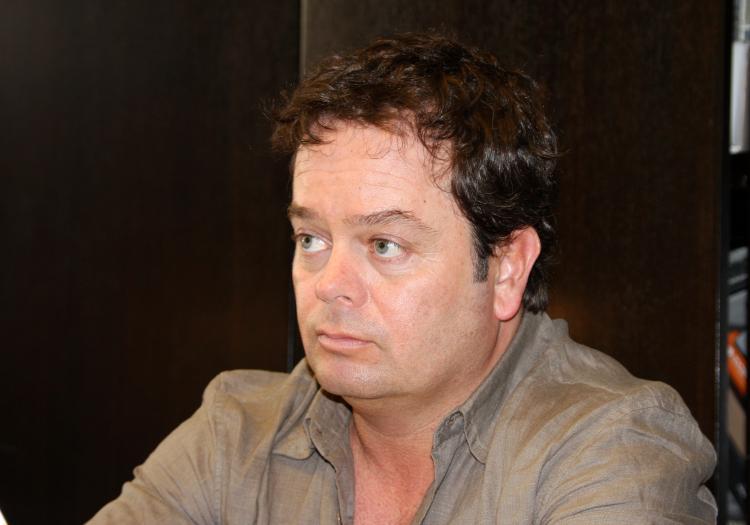
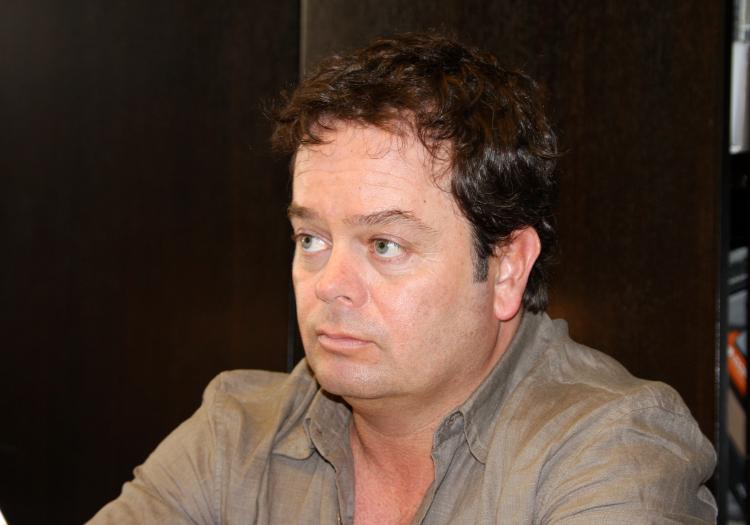


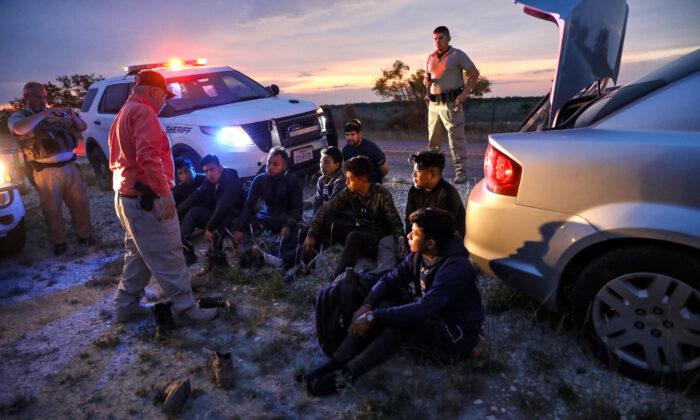
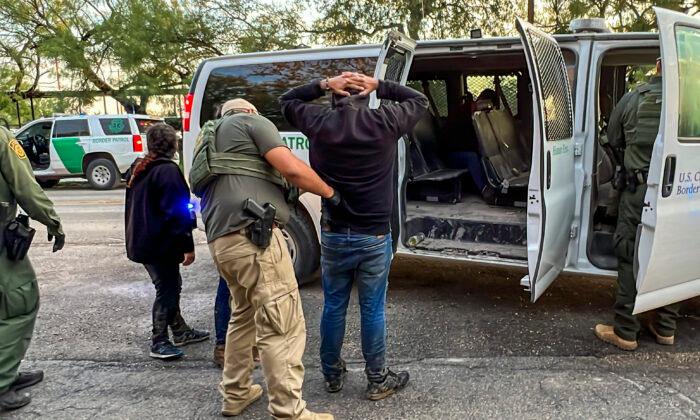
Friends Read Free